![What Is a One Wheel Hoverboard Called? [Ultimate Guide for Riders]](http://www.ihoverboard.co.uk/cdn/shop/articles/H1_A__B1_V01_221013_{width}x.jpg?v=1763350349)
What Is a One Wheel Hoverboard Called? [Ultimate Guide for Riders]
Curious about what is a one wheel hoverboard called? This self-balancing electric board with a single central wheel has captured the attention of riders worldwide for its unique design and smooth, flowing ride. Unlike traditional two-wheel hoverboards, it offers a completely different riding experience that feels almost like floating.
In this ultimate guide, we’ll explore how a one wheel hoverboard works, what makes it different, and why riders love it. Whether you’re a beginner or an electric mobility enthusiast, this guide will give you everything you need to understand and enjoy this innovative board.
What Is a One Wheel Hoverboard Called?

Image Source: https://en.wikipedia.org/wiki/Onewheel
A one-wheel hoverboard is commonly known as a Onewheel — the official name of the pioneering self-balancing electric skateboard developed by Future Motion. Unlike traditional hoverboards that use two side-by-side wheels, the Onewheel features a single large tire placed in the center of the board, giving it a unique riding style and enhanced off-road capability. This design allows riders to experience a sensation closer to snowboarding on powder, thanks to its intuitive balance system and fluid carving motion.
The Real Name
A one wheel hoverboard is often referred to as:
-
A single-wheel electric skateboard
-
A self-balancing one-wheel board
-
A one wheel electric hoverboard
All these names describe the same concept — a modern electric board that gives riders the sensation of floating smoothly over the ground.
What Exactly Is a One Wheel Hoverboard?
A one wheel hoverboard is one of the most innovative developments in personal electric transport. Before exploring how it works, it’s important to understand what makes it different from the hoverboards most people are familiar with.
Simply put, a one wheel hoverboard is a self-balancing electric board with a single large wheel in the center. It’s powered by an electric motor and controlled entirely through body movement. Riders stand sideways, similar to a skateboard or snowboard stance, and lean forward or backward to move and balance.
A Blend of Skateboarding and Technology
When people ask, “what is a one wheel hoverboard called?”, they are usually referring to this single-wheel electric board that combines the best aspects of several ride styles:
-
The carving feel of a skateboard
-
The smooth glide of snowboarding
-
The effortless motion of an electric scooter
The combination creates a riding experience that feels natural and fun, almost like floating on air.
How It Balances
The board stays upright thanks to advanced gyroscopic sensors inside. These sensors constantly detect your movements and adjust the motor speed to maintain balance.
-
Lean forward → the board accelerates
-
Lean backward → the board slows down or reverses
-
Tilt side to side → you turn smoothly using body weight
This intuitive design makes it easy to learn and gives riders a strong sense of control, even at higher speeds.
Key Features of a One Wheel Hoverboard
Most one wheel hoverboards include:
-
A large, air-filled tyre (similar to a go-kart tyre) for stability and comfort
-
Smart self-balancing sensors that adjust automatically
-
Rechargeable lithium-ion battery for consistent power
-
Durable foot platforms for secure footing
-
LED lights for safety and visibility during night rides
These features allow riders to tackle a variety of terrains — from smooth city pavements to grassy parks and light off-road paths — offering more freedom than a standard hoverboard.
Who Can Ride a One Wheel Hoverboard?
One wheel hoverboards are suitable for:
-
Commuters looking for a new way to travel short distances
-
Adventure riders who enjoy exploring trails and parks
-
Beginners seeking a fun but easy-to-learn ride
-
Tech enthusiasts who enjoy futuristic mobility options
A one wheel hoverboard is more than just a board with a wheel. It’s a self-balancing electric board that combines technology, fun, and freedom, redefining personal electric mobility for riders of all levels.
How Does a One Wheel Hoverboard Work?
After understanding what is a one wheel hoverboard called, the next question is how it actually functions. Unlike traditional two-wheel hoverboards, a one wheel hoverboard relies on advanced self-balancing technology to provide a smooth and stable ride.
Self-Balancing Technology
At the core of every one wheel hoverboard is a self-balancing system made up of gyroscopes, accelerometers, and motion sensors. These sensors constantly measure your body position and movements. The board then adjusts the motor speed and tilt in real time to keep you upright.
-
Lean forward: The motor accelerates.
-
Lean backward: The board slows down or reverses.
-
Shift side to side: You steer smoothly in that direction.
This balance system allows riders to stay stable even on uneven surfaces, making it easier to ride than it appears at first glance.
The Role of the Single Wheel
The defining feature of a one wheel hoverboard is, of course, its single, large central wheel. This wheel is usually thick, air-filled, and designed for stability and traction.
Benefits of the large single wheel:
-
Handles varied terrains — pavement, grass, light trails, and dirt paths.
-
Provides a smooth ride that mimics snowboarding or surfing.
-
Allows for a sideways stance, giving riders more dynamic control over turns and carving.
Power and Battery
One wheel hoverboards use a central motor located inside the wheel, powered by a rechargeable lithium-ion battery. The motor responds instantly to shifts in weight, while the battery allows for long rides without frequent recharging.
Riding Experience
Riders stand sideways on the board, similar to a skateboard or snowboard. Movement is controlled entirely by weight and balance, creating a flowing, carving motion. This design gives the sensation of “floating” or gliding — which is why many riders describe the experience as exhilarating.
Safety Features
Most one wheel hoverboards include:
-
Automatic stabilisation to correct balance instantly.
-
Speed controls to prevent sudden acceleration.
-
Durable construction to protect both the board and rider.
-
LED lights for visibility in low-light conditions.
These features make the boards safer and suitable for riders of different experience levels.
Why Riders Love the One Wheel Hoverboard Experience
The one wheel hoverboard has quickly gained popularity around the world because it offers a unique and thrilling riding experience that sets it apart from traditional hoverboards and other electric rideables. Riders are drawn to its combination of balance, control, and versatility, which makes it both fun and functional.
1. A Feeling of Floating
One of the main reasons riders love the one wheel hoverboard is the sensation of floating.
-
The single large wheel, combined with sideways stance and lean-based control, gives the impression of gliding over surfaces effortlessly.
-
Many riders describe it as similar to snowboarding, surfing, or skateboarding, but without needing ramps or waves.
-
This “floating” feeling makes even short rides enjoyable and immersive, creating a sense of freedom and flow.
2. Smooth Riding Across Different Terrains
Unlike traditional hoverboards, the one wheel hoverboard is built to handle a wide variety of surfaces.
-
Pavements, city streets, and sidewalks are effortless to ride on.
-
Grass, dirt trails, and light off-road paths become accessible and smooth, thanks to the large central wheel.
-
Riders enjoy the freedom to explore parks, paths, and outdoor areas, which adds an adventurous element to every ride.
This versatility makes the board appealing to commuters, outdoor enthusiasts, and casual riders alike.
3. A Fun and Engaging Challenge
Riding a one wheel hoverboard is both fun and rewarding:
-
Beginners enjoy a gentle learning curve thanks to the self-balancing technology.
-
Experienced riders love mastering turns, carving, and tricks on different surfaces.
-
The board responds to subtle body movements, giving a sense of full control and precision.
This combination of fun and skill development keeps riders coming back for more.
4. Eco-Friendly Personal Transport
Riders also love the one wheel hoverboard because it’s eco-friendly and convenient:
-
Electric power reduces dependence on fuel-based transport for short trips and commutes.
-
Compact size makes it easy to carry and store compared to bicycles or scooters.
-
Quiet operation allows for smooth rides in urban areas without disturbing others.
This makes the one wheel hoverboard a sustainable and practical option for daily use.
5. The Thrill of Innovation
Part of the appeal comes from riding something futuristic and unique:
-
The single-wheel design is eye-catching and different from most two-wheel hoverboards.
-
It offers a new way to experience personal electric mobility, blending sport-like excitement with modern technology.
-
Riders often feel part of a growing community of enthusiasts who appreciate the innovation and style of the ride.
In short, the one wheel hoverboard is loved because it combines:
-
Floating-like movement
-
All-terrain versatility
-
Fun and skill-based control
-
Eco-friendly convenience
-
Futuristic design and innovation
These features create a thrilling, unique, and highly enjoyable riding experience, explaining why this electric board has captured the imagination of riders worldwide.
Safety and Learning Curve
One wheel hoverboards are exhilarating, but safety is an essential consideration, especially for first-time riders. Understanding the learning curve and built-in safety features can help riders enjoy the experience confidently and responsibly.
1. Built-in Safety Features
One wheel hoverboards are designed with advanced technology to protect riders and minimise risks:
-
Self-Balancing Sensors: Gyroscopes and accelerometers constantly monitor rider movement, keeping the board stable even if you make small errors in balance.
-
Speed Regulation: Many boards include maximum speed limits to prevent accidental high-speed falls, especially important for beginners.
-
LED Lights: Bright LED lights increase visibility, making night riding safer.
-
Durable Construction: Boards are made with shock-absorbing materials and sturdy platforms to protect both the board and the rider in case of minor bumps or impacts.
-
Motor Cut-off Protection: In emergencies or sudden tilt, the board can automatically cut power to prevent falls or injuries.
These features work together to make riding a one wheel hoverboard safer than it may appear, even for those who have never tried self-balancing electric boards before.
2. Learning Curve for Beginners
Although one wheel hoverboards look challenging to ride, the learning curve is manageable with practice:
-
Step 1: Mounting the Board: Start on a flat, open surface. Place one foot on the board, let the sensors stabilise, then step on with your other foot.
-
Step 2: Basic Movement: Begin by leaning forward gently to accelerate, and backward to slow down. Small, controlled movements work best at first.
-
Step 3: Turning and Carving: Once comfortable with acceleration and stopping, practice leaning side-to-side to turn smoothly.
-
Step 4: Mastering Balance: Gradually increase speed and try small obstacles or gentle inclines to build confidence.
Most beginners can start riding within minutes, and with a little practice, they can enjoy the board’s full range of motion and terrain versatility.
3. Tips for Safe Riding
To minimise risk and enjoy the ride safely, riders should consider:
-
Wear protective gear: Helmet, wrist guards, knee pads, and elbow pads.
-
Start slow: Practice on smooth, open areas before attempting slopes or rough terrain.
-
Be aware of surroundings: Watch for obstacles, pedestrians, and uneven surfaces.
-
Check the board: Ensure batteries are charged, tyres are in good condition, and sensors are functioning before each ride.
By following these steps, riders can quickly build confidence while enjoying the exciting, floating sensation of the one wheel hoverboard.
4. Why Safety Enhances Enjoyment
Understanding and respecting the learning curve not only reduces accidents but also enhances the overall experience. Riders who feel secure are more likely to explore new terrains, try carving maneuvers, and enjoy longer rides — all of which contribute to why the one wheel hoverboard is so popular.
Difference Between One Wheel and a Traditional Hoverboard
Understanding the differences between a one wheel hoverboard and a traditional two-wheel hoverboard is key to knowing which type of ride suits your style. Both are self-balancing electric boards, but the riding experience, design, and performance vary significantly.
|
Feature |
One Wheel Hoverboard |
Traditional Hoverboard |
|
Wheel Configuration |
Single large central wheel |
Two smaller wheels on each side |
|
Riding Stance |
Sideways, like a skateboard or snowboard |
Forward-facing, feet shoulder-width apart |
|
Balance Control |
Lean forward/backward and shift side-to-side |
Tilt each foot independently to control speed and direction |
|
Terrain |
Pavements, grass, dirt trails, light off-road |
Smooth, flat surfaces; limited off-road capability |
|
Riding Experience |
Flowing, carving motion; “floating” sensation |
Stable and predictable; easier for beginners |
|
Battery Range |
Usually longer; designed for extended rides and varied terrains |
Typically shorter; more suited for urban or indoor use |
|
Learning Curve |
Slightly steeper at first, but intuitive once mastered |
Gentle; easy for beginners to start riding |
|
Speed & Performance |
High torque motor for varied terrains; agile turning |
Moderate speed; limited power on inclines or rough surfaces |
|
Safety Features |
Self-balancing sensors, LED lights, durable construction, motor cut-off |
Self-balancing sensors, LED lights; less terrain adaptability |
|
Best For |
Adventure riders, thrill-seekers, all-terrain use |
Beginners, casual riders, indoor or smooth-surface use |
In summary, both hoverboards have their advantages. A one wheel hoverboard delivers adventure, versatility, and a flowing ride, while a traditional two-wheel hoverboard offers stability, ease of use, and indoor or urban convenience. Understanding these differences helps riders choose the best option for their needs and riding style.
Conclusion
A one wheel hoverboard is more than just a single wheel electric board — it’s an innovative form of personal transport that combines balance, control, and adventure. From its unique sideways riding stance to the smooth, floating sensation it offers, it stands apart from traditional two-wheel hoverboards.
Understanding what is a one wheel hoverboard called, how it works, and the differences from standard hoverboards helps riders choose the right electric board for their style and experience level. With the right safety precautions and practice, anyone can enjoy the thrilling, all-terrain riding experience that makes this board so popular.
Whether you’re commuting short distances, exploring parks and trails, or simply seeking a fun new way to ride, the one wheel hoverboard delivers a futuristic, exciting, and versatile experience that’s hard to match.
FAQs
1. What do you call a Onewheel hoverboard?
A Onewheel hoverboard is commonly called a one wheel electric board, single-wheel electric skateboard, or simply a self-balancing one-wheel board. It’s an electric personal vehicle with one large central wheel that riders control by shifting their weight.
2. What is another name for the Onewheel?
Other names for a Onewheel include:
-
Single-wheel electric skateboard
-
One wheel electric hoverboard
-
Self-balancing one-wheel board
All these terms describe the same type of electric board that offers a flowing, snowboard-like ride.
3. What is the thing called with Onewheel?
The “thing” you ride on a Onewheel is called a one wheel electric board or self-balancing single-wheel board. It’s designed for a sideways riding stance and controlled entirely through body movements.
4. What is a Onewheel vehicle called?
A Onewheel vehicle is officially a self-balancing single-wheel electric vehicle, often referred to as a one wheel electric skateboard. It combines the technology of an electric motor, gyroscopic sensors, and a large central wheel to provide a smooth, all-terrain ride.







































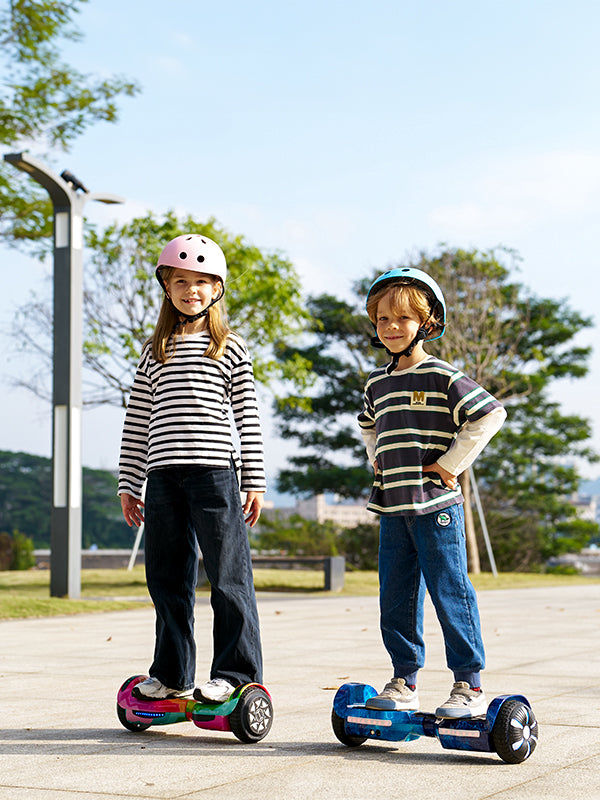





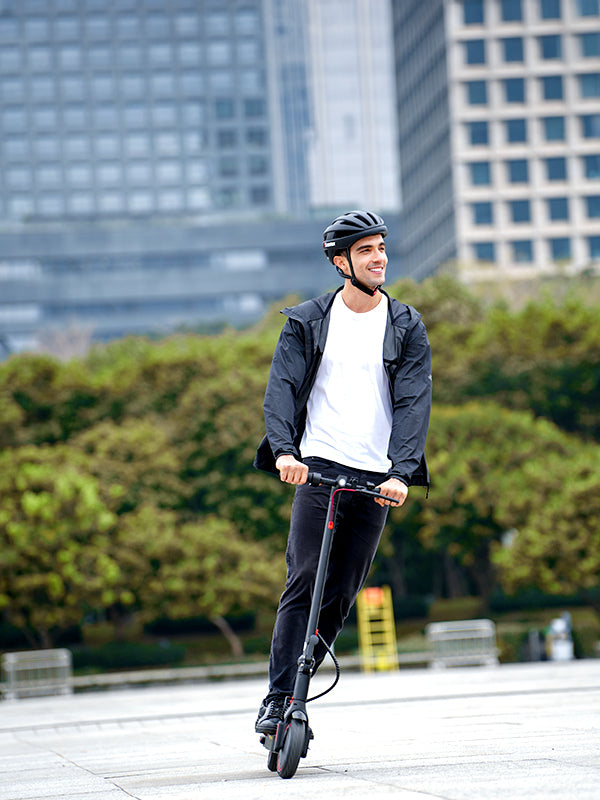










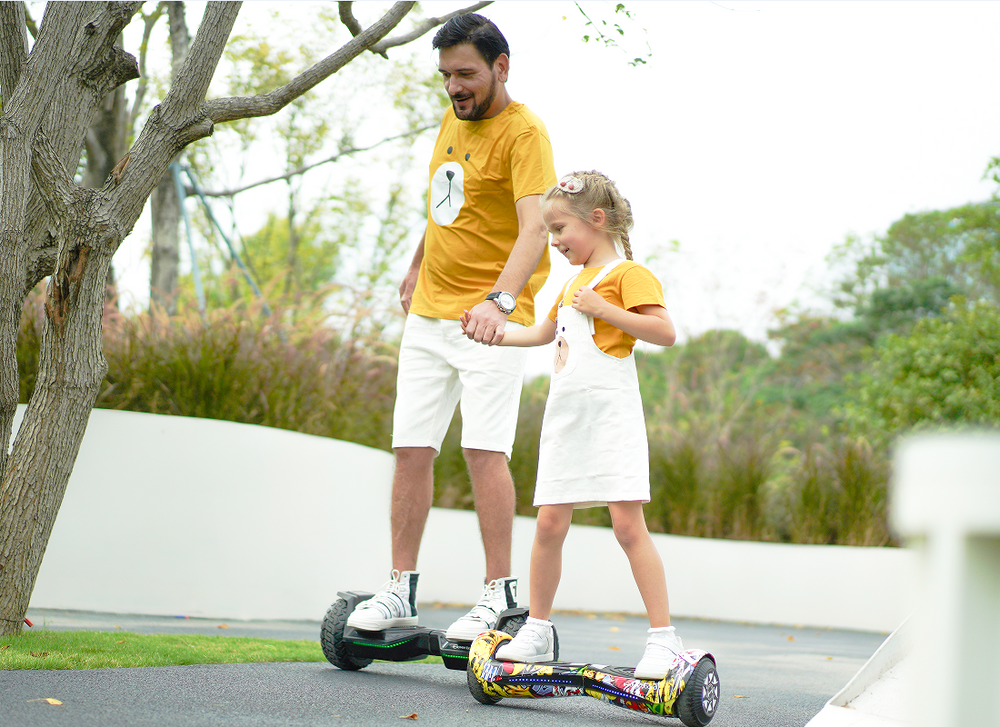


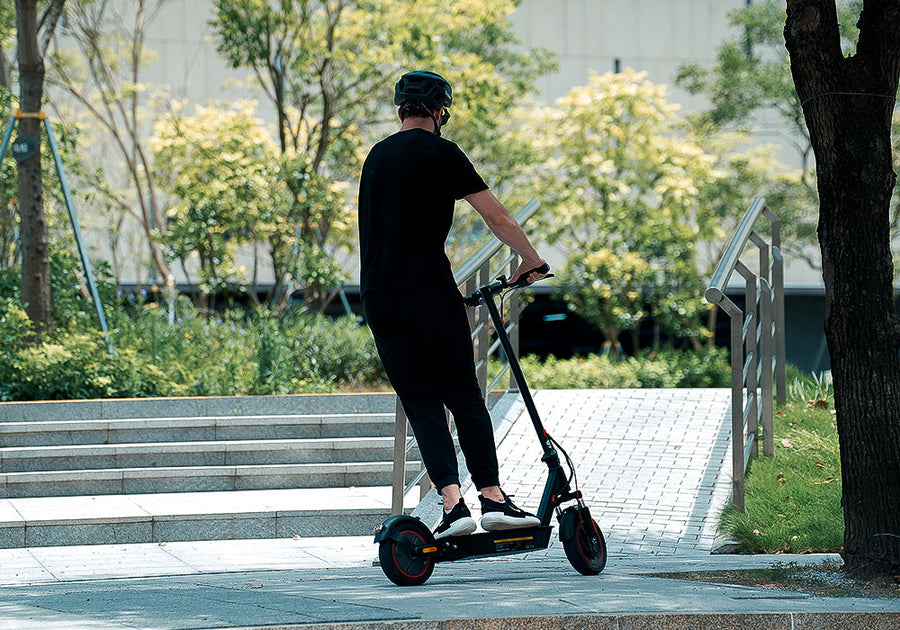




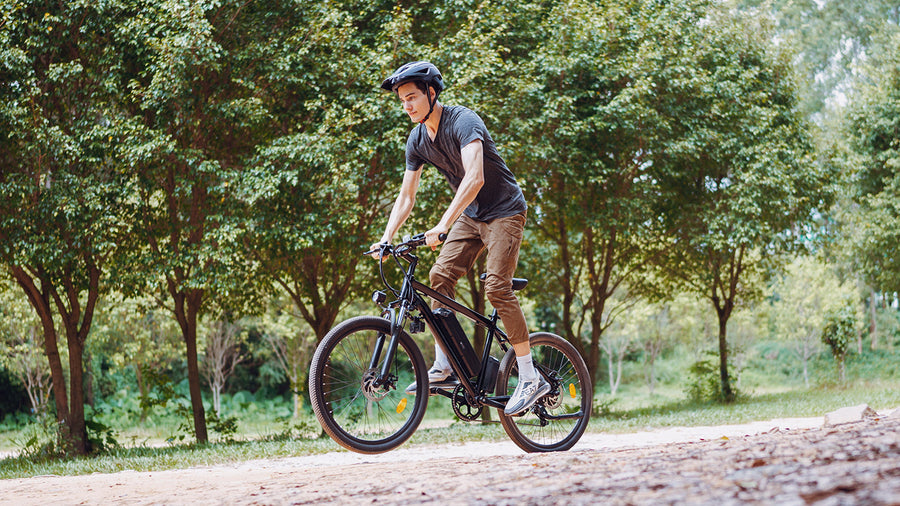


Still, need help? Contact Us: support@ihoverboard.com
What's the option? Check out the option now!
Leave us a message